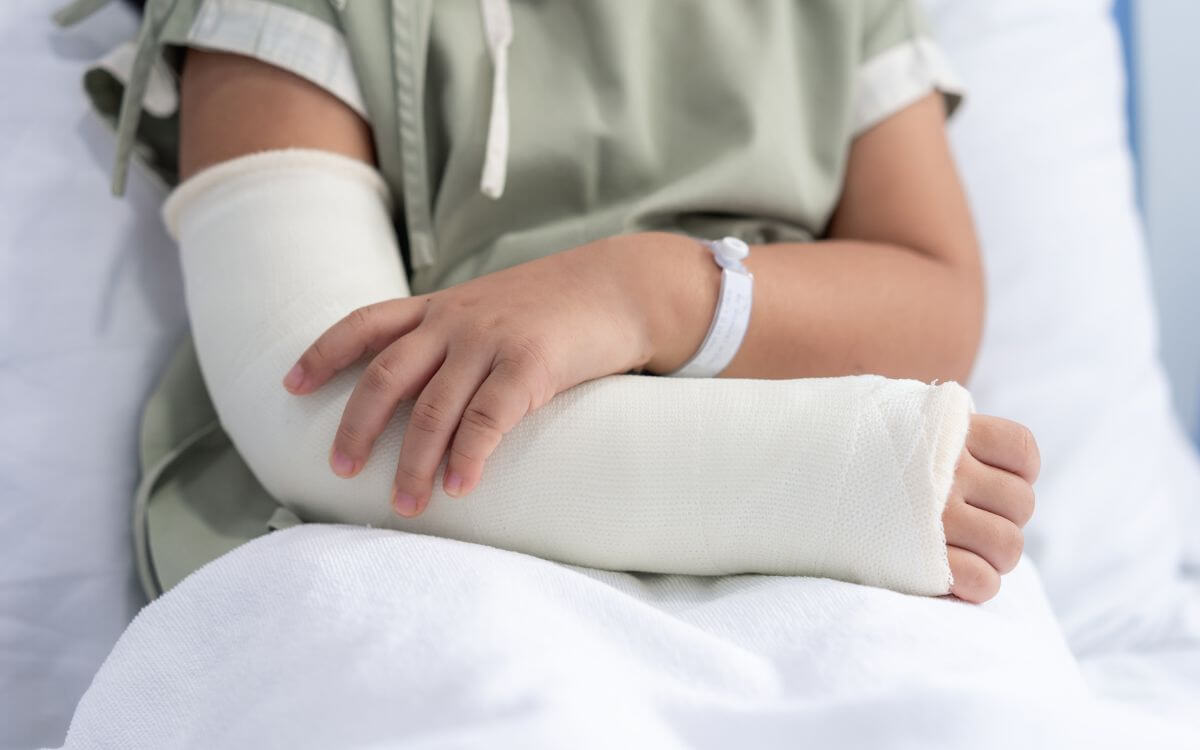Fracture Treatments
Home >> Fracture Treatments
Geriatric Fractures
Pediatric Fractures

Fracture Treatments
Accidents, falls, sports injuries, and medical disorders are all potential causes of fractures. These breaks may be very painful, restrict movement, and interfere with daily living. Fortunately, a variety of healing and recovery-oriented fracture therapies are available because to contemporary medical developments. Different types of conservative therapy, casts and splints, surgical procedures, and the value of rehabilitation are discussed in this article on fractures.
Methods for Treating Fractures Conservatively:
For some types of fractures, immobilisation is the first line of treatment. Restricted mobility and the ability to realign the fractured bone are achieved by the use of casts, splints, braces, and slings. Depending on the degree and location of the fracture, immobilisation may take several weeks to several months to enable the bone to heal spontaneously.
Medication: controlling pain is a crucial part of treating a fracture. Fracture pain and inflammation may be treated with over-the-counter or prescription pain relievers like paracetamol or with nonsteroidal anti-inflammatory medicines (NSAIDs).
When a weight-bearing bone, such a leg or foot, is broken, weight-bearing activities must be restricted or avoided to prevent additional injury and aid recovery. During this time, you are allowed to use crutches, walkers, or wheelchairs if you need them.
Surgical Interventions for Fractures:
ORIF, or open reduction and internal fixation, is a kind of surgery for treating complicated fractures. Internal fixation devices such as plates, screws, or rods are utilised to keep the bones in place after an incision has been made to realign the shattered bone pieces. This surgical procedure stabilises the broken bone and speeds up the healing process.
When the fracture is very serious or when soft tissues are also injured, external fixing may be used. Pins or screws are implanted into the bone above and below the fracture site and then attached to an external frame to provide stability throughout the healing process.
Restoration of function and full healing after a fracture are greatly aided by rehabilitation services. These are some of the purposes of rehabilitation:
Range of motion is restored by physical therapy exercises, which are essential in avoiding stiffness and muscular weakness that might occur during immobilisation or following surgery.
Muscle strengthening: Muscle atrophy and weakening are common results of fractures. Rehabilitation aims to restore full function by strengthening the supporting muscles around the injured bone.
Restoring equilibrium and coordination after a fracture, which may be particularly disabling in the lower extremities. The risk of future injuries or falls may be mitigated by the use of exercises included in rehabilitation programmes.
Safe and effective transition back to work, sports, and everyday routines is facilitated by a phased return to activities with the aid of rehabilitation.
Good diet is essential for a speedy recovery after a fracture. Bone regeneration and tissue repair need a healthy diet full of protein, vitamins, and minerals. Protein assists in tissue repair and recovery, while calcium and vitamin D are essential for bone health. To be sure you’re receiving all you need to repair your fracture, talk to your doctor or a nutritionist.
The evolution of fracture therapies has resulted in a wide variety of methods that expedite rehabilitation. The goal of treatment is to improve the patient’s quality of life by regaining strength, movement, and function in their bones, whether by conservative means, surgical treatments, or rehabilitation. By adhering to the prescribed course of therapy
